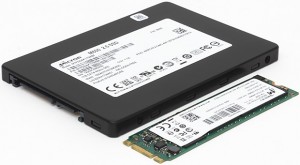 It’s been a few years since I’ve put an investment into the home lab. I had originally built this to teach myself enough to pass the VCP4 & my VCP5 (and i’ll use if for my VCP6 too). But now I want to expand, learn more about VDI, the vRealize suite, as well as experiment with other technologies. To do that, some upgrades will be needed, and the first area to start with is storage. Spinning disk is still the cheapest way to get bulk storage, but for a home lab, I don’t need multiple TB of space when all of my VMs are thin provisioned. Instead, to get the speed I want, i’d have to stitch together way more hard drives than I have space for. This is where flash can really shine. You only need a few disks to get a huge speed boost, so your costs are not astronomical. By chance, I recently received a few 1Tb Micron M600 SSDs and these things are amazing. After taking 1 for my laptop, the rest were loaded into a Synology 1813+. So what do these SSDs bring to the table?
It’s been a few years since I’ve put an investment into the home lab. I had originally built this to teach myself enough to pass the VCP4 & my VCP5 (and i’ll use if for my VCP6 too). But now I want to expand, learn more about VDI, the vRealize suite, as well as experiment with other technologies. To do that, some upgrades will be needed, and the first area to start with is storage. Spinning disk is still the cheapest way to get bulk storage, but for a home lab, I don’t need multiple TB of space when all of my VMs are thin provisioned. Instead, to get the speed I want, i’d have to stitch together way more hard drives than I have space for. This is where flash can really shine. You only need a few disks to get a huge speed boost, so your costs are not astronomical. By chance, I recently received a few 1Tb Micron M600 SSDs and these things are amazing. After taking 1 for my laptop, the rest were loaded into a Synology 1813+. So what do these SSDs bring to the table?
| Type of test | Performance | IOPS |
| Sequential Read (Q= 32,T= 1) | 560.129 MB/s | |
| Sequential Write (Q= 32,T= 1) | 511.183 MB/s | |
| Random Read 4KiB (Q= 32,T= 1) | 357.966 MB/s | 87394.0 |
| Random Write 4KiB (Q= 32,T= 1) | 365.970 MB/s | 89348.1 |
| Sequential Read (Q= 1,T= 1) | 489.114 MB/s | |
| Sequential Write (Q= 1,T= 1) | 473.808 MB/s | |
| Random Read 4KiB (Q= 1,T= 1) | 22.846 MB/s | 5577.6 |
| Random Write 4KiB (Q= 1,T= 1) | 60.840 MB/s | 14853.5 |
Wow that’s fast! Good job Micron! The results above were taken using CrystalDiskMark on my windows laptop and show the most I could get out of a single drive that was direct attached.
To make the most of this storage for a lab, i think it would be best to put this into the NAS and leverage it as shared storage, and the synology is configured for a 4 x 1gig LACP connection, which should be more than enough for a home lab. The question is, what do i do with the storage, do i do NFS or iSCSI? RAID 5 or RAID 10? Well, lets try them all! I’ll create a datastore in each configuration and test it with 1 windows VM running CrystalDiskMark just like I did on my laptop and see what we get.
| iSCSI_Raid_5 | iSCSI_Raid_10 | iSCSI_on_FS Raid_10 | ||||
| Type_of_test | Performance | IOPS | Performance | IOPS | Performance | IOPS |
| SR (Q=32) | 113.758 MB/s | 117.027 MB/s | 117.316 MB/s | |||
| SW (Q= 32) | 82.531 MB/s | 117.046 MB/s | 115.717 MB/s | |||
| RR 4KiB (Q= 32) | 52.542 MB/s | 12827.6 | 52.154 MB/s | 12732.9 | 38.101 MB/s | 9302.0 |
| RW 4KiB (Q= 32) | 35.035 MB/s | 8553.5 | 49.571 MB/s | 12102.3 | 66.477 MB/s | 16229.7 |
| SR (Q= 1) | 86.619 MB/s | 94.588 MB/s | 101.082 MB/s | |||
| SW (Q= 1) | 75.291 MB/s | 105.702 MB/s | 102.972 MB/s | |||
| RR 4KiB (Q= 1) | 8.691 MB/s | 2121.8 | 8.276 MB/s | 2020.5 | 10.676 MB/s | 2606.4 |
| RW 4KiB (Q= 1) | 10.006 MB/s | 2442.9 | 9.594 MB/s | 2342.3 | 11.077 MB/s | 2704.3 |
| NFS Raid 5 | NFS Raid 10 | |||||
| Type of test | Performance | IOPS | Performance | IOPS | ||
| SR (Q= 32) | 114.898 MB/s | 117.439 MB/s | ||||
| SW (Q= 32) | 96.743 MB/s | 117.007 MB/s | ||||
| RR 4KiB (Q= 32) | 56.588 MB/s | 13815.4 | 66.533 MB/s | 16243.4 | ||
| RW 4KiB (Q= 32) | 44.319 MB/s | 10820.1 | 57.590 MB/s | 14060.1 | ||
| SR (Q= 1) | 106.323 MB/s | 109.257 MB/s | ||||
| SW (Q= 1) | 81.581 MB/s | 106.127 MB/s | ||||
| RR 4KiB (Q= 1) | 12.513 MB/s | 3054.9 | 14.132 MB/s | 3450.2 | ||
| RW 4KiB (Q= 1) | 9.270 MB/s | 2263.2 | 10.571 MB/s | 2580.8 |
*I apologize for the table formatting, no matter what i set it to, wordpress is deciding to do it’s own thing.
It’s clear from these test results that i am maxing out the 1 gig connection on the sequential transfers (especialy when the queue depth is increased). I was a bit surprised by the performance gains in the RAID 10 vs. RAID 5 and that NFS ended up being faster than iSCSI (probably cause it’s all software based iSCSI). Clearly this will work well for a single host, but the real performance testing will happen when multiple hosts hit the NAS. So that is where i go next, now that i’ve settled on a storage configuration, i can start planning hosts for this home lab. Let me know your thoughts in the comments







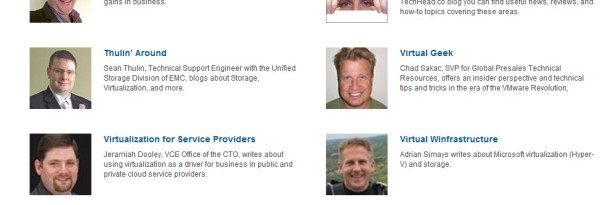
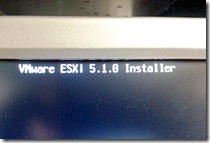



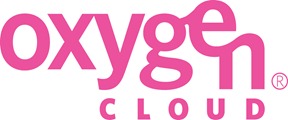
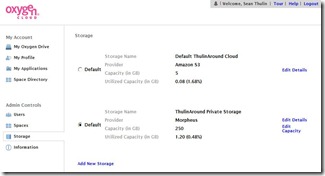
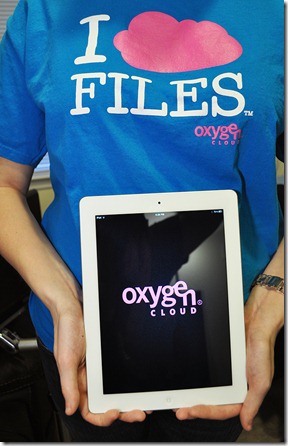
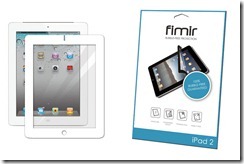
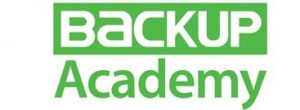
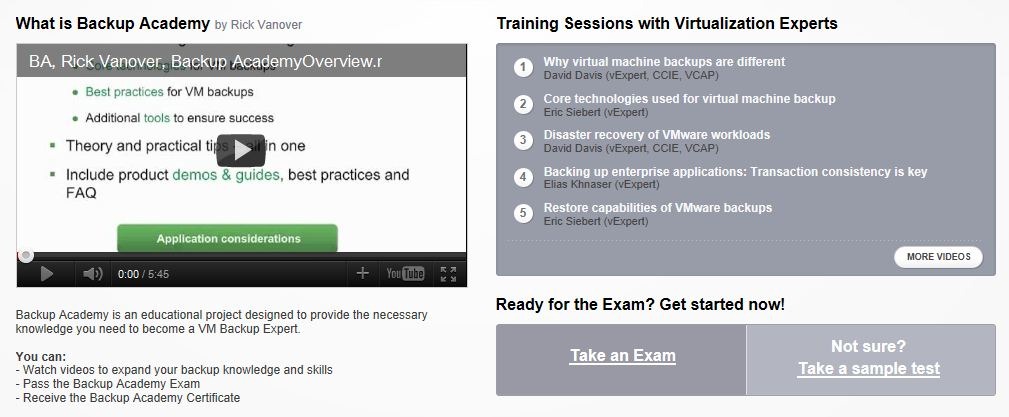


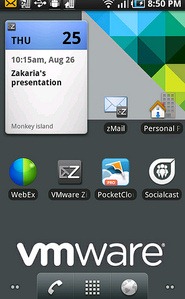
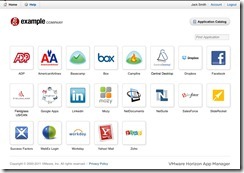







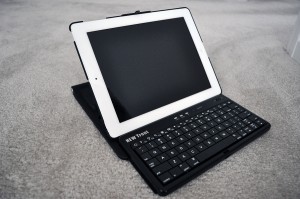




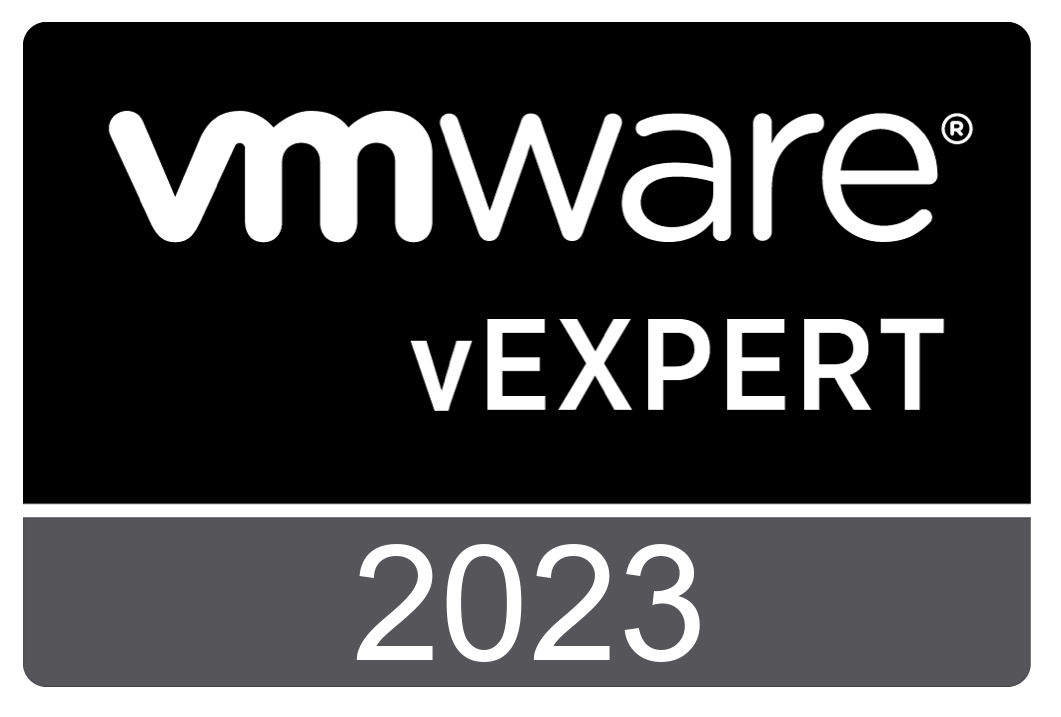
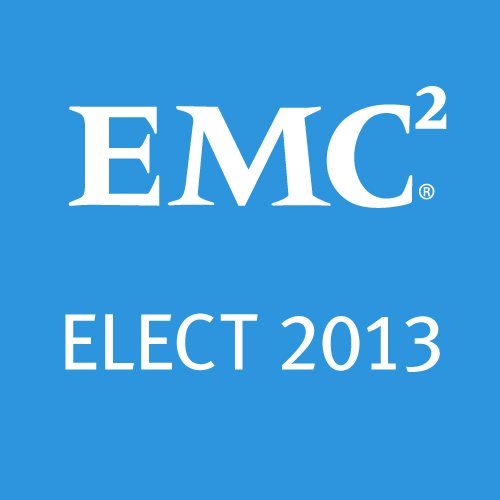
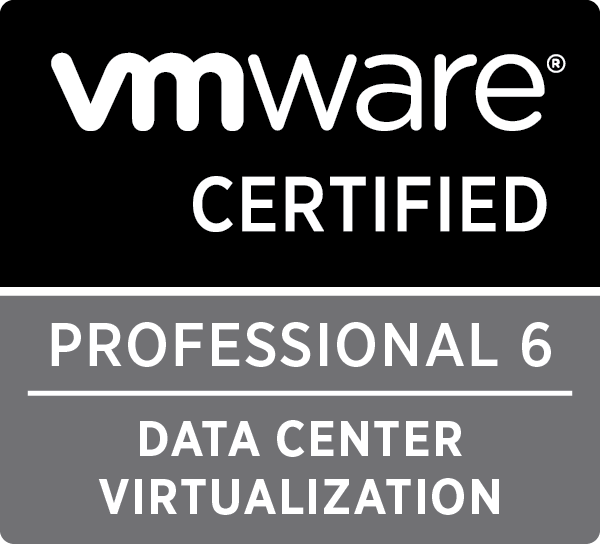


 Twitter
Twitter LinkedIn
LinkedIn RSS
RSS Youtube
Youtube Picasa
Picasa Email
Email
